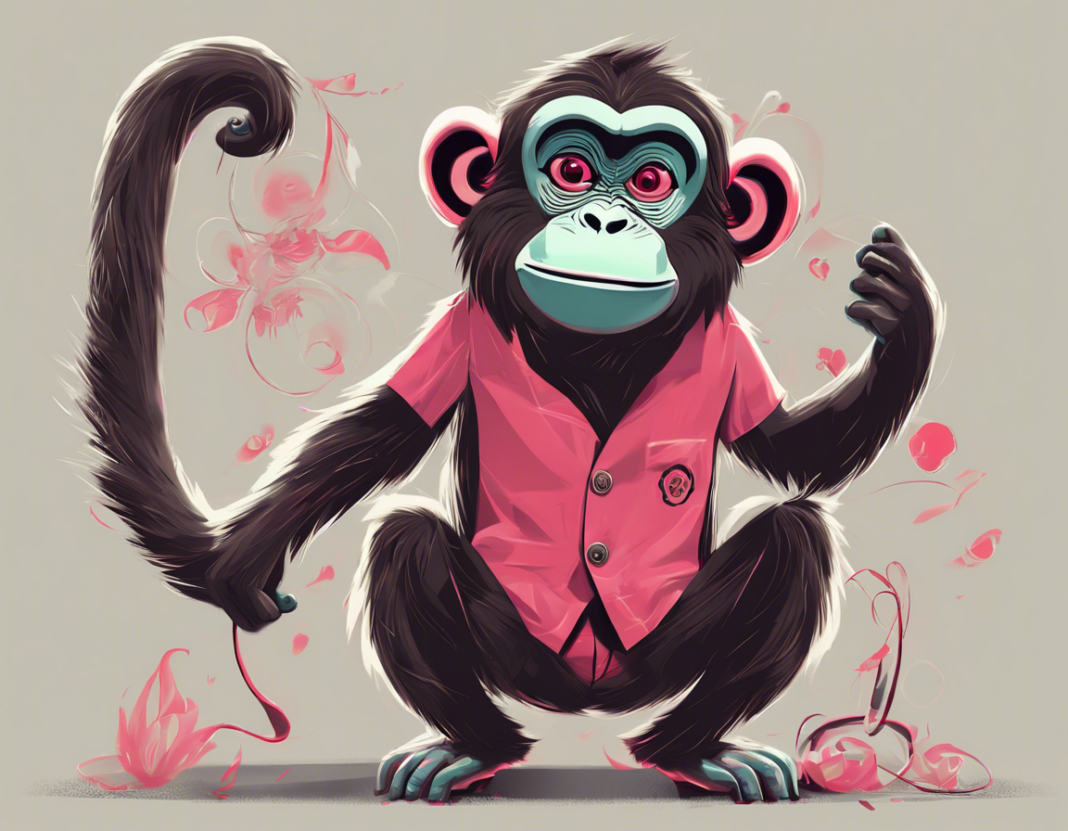Introduction
Primates are a diverse group of mammals that includes humans, apes, monkeys, and prosimians. One feature that distinguishes primates from other mammals is their opposable thumbs, which allow them to grasp objects with precision. The term “monkey dong” is not a scientific term but rather a colloquial term used to refer to the male genitalia of monkeys. In this article, we will take a closer look at the anatomy of primates, focusing on their reproductive organs and how they differ from those of other mammals.
Primate Reproductive Anatomy
Male primates, including monkeys, have testes located outside their bodies in a scrotum. This is an adaptation that helps to regulate the temperature of the testes, as sperm production is more efficient at slightly lower temperatures than the core body temperature. The penis of male primates varies in size and shape depending on the species.
Female primates have a unique reproductive anatomy compared to other mammals. They have a bicornuate uterus, which means that the uterus is divided into two horn-like structures. This is a common feature among primates and is thought to be an adaptation that allows for the successful development of offspring in species with relatively large brains compared to their body size.
Differences in Primates
One interesting difference in primate reproductive anatomy is seen in penis size. In some species, such as the bonobo, males have relatively large penises compared to their body size. This is thought to be an adaptation for sperm competition, as bonobos are a highly promiscuous species with multiple mating partners.
Infanticide is another factor that has influenced the evolution of primate reproductive anatomy. Some male primates, such as langurs, engage in infanticidal behavior, where they will kill the offspring of rival males in order to increase their own reproductive success. In response to this behavior, female primates have developed copulatory plugs, which are structures that block the female’s reproductive tract after mating, preventing sperm from other males from reaching the eggs.
Primate Genitalia in Culture
In some cultures, the genitalia of primates have symbolic significance. For example, in Japanese culture, monkeys are considered a symbol of fertility and are often depicted with large genitalia. This is thought to represent virility and strength.
Conclusion
The anatomy of primates, including their reproductive organs, is a fascinating subject that sheds light on the evolutionary history and behavior of these animals. By studying primate genitalia, researchers can gain insights into how these animals have adapted to their environments and social structures over millions of years.
FAQs about Primate Genitalia
- Do all primates have external genitalia like humans?
-
Yes, male primates typically have external genitalia, including a penis and testes located in a scrotum.
-
Are there any primates with unique reproductive anatomy?
-
Female primates have a bicornuate uterus, which is a distinctive feature not found in other mammalian species.
-
Do primates exhibit different mating behaviors based on their genital anatomy?
-
Yes, the size and shape of genitalia in primates can influence their mating behaviors, such as sperm competition and infanticide.
-
Are there any cultural beliefs or practices related to primate genitalia?
-
In some cultures, primate genitalia, especially of species like monkeys, hold symbolic significance related to fertility and virility.
-
How has the study of primate genitalia contributed to our understanding of evolution?
- Research on primate genitalia has helped scientists understand how reproductive anatomy has evolved in response to social structures, mating behaviors, and environmental pressures.

